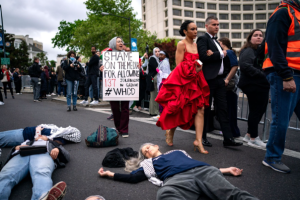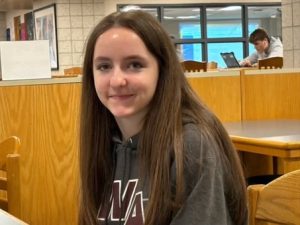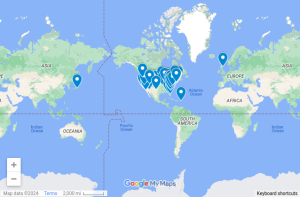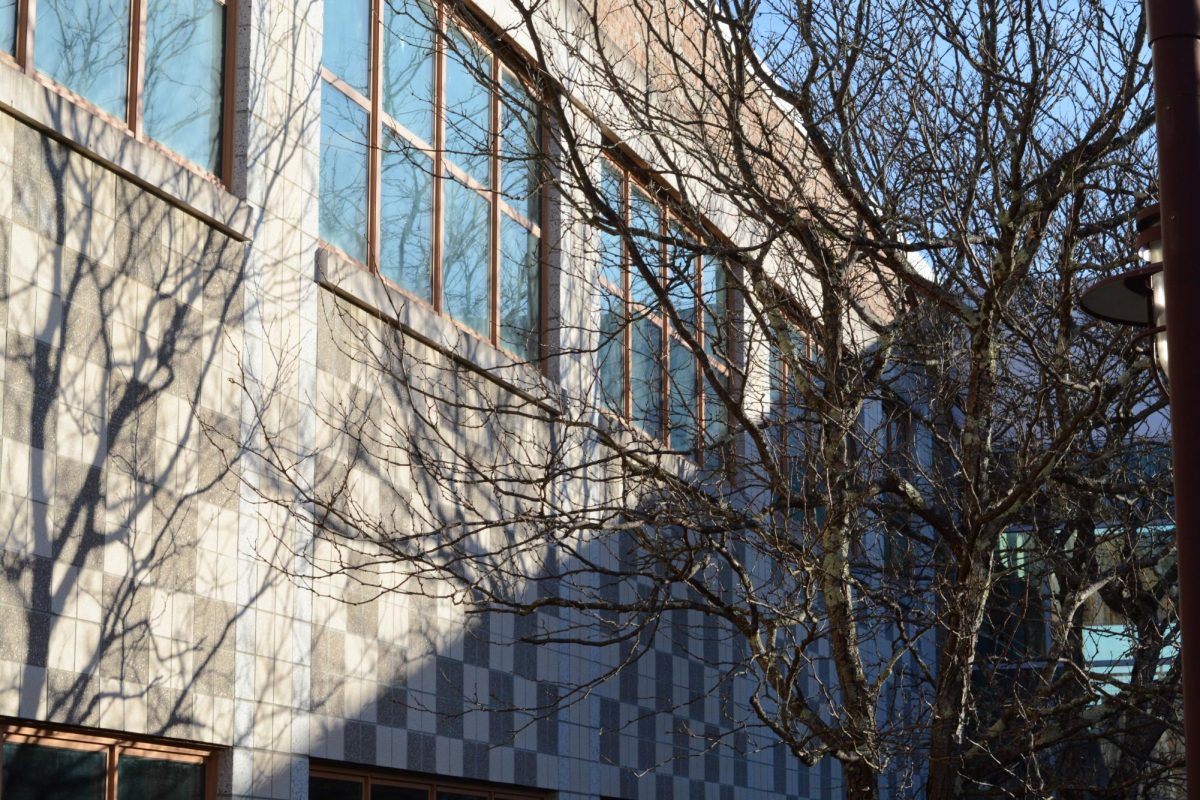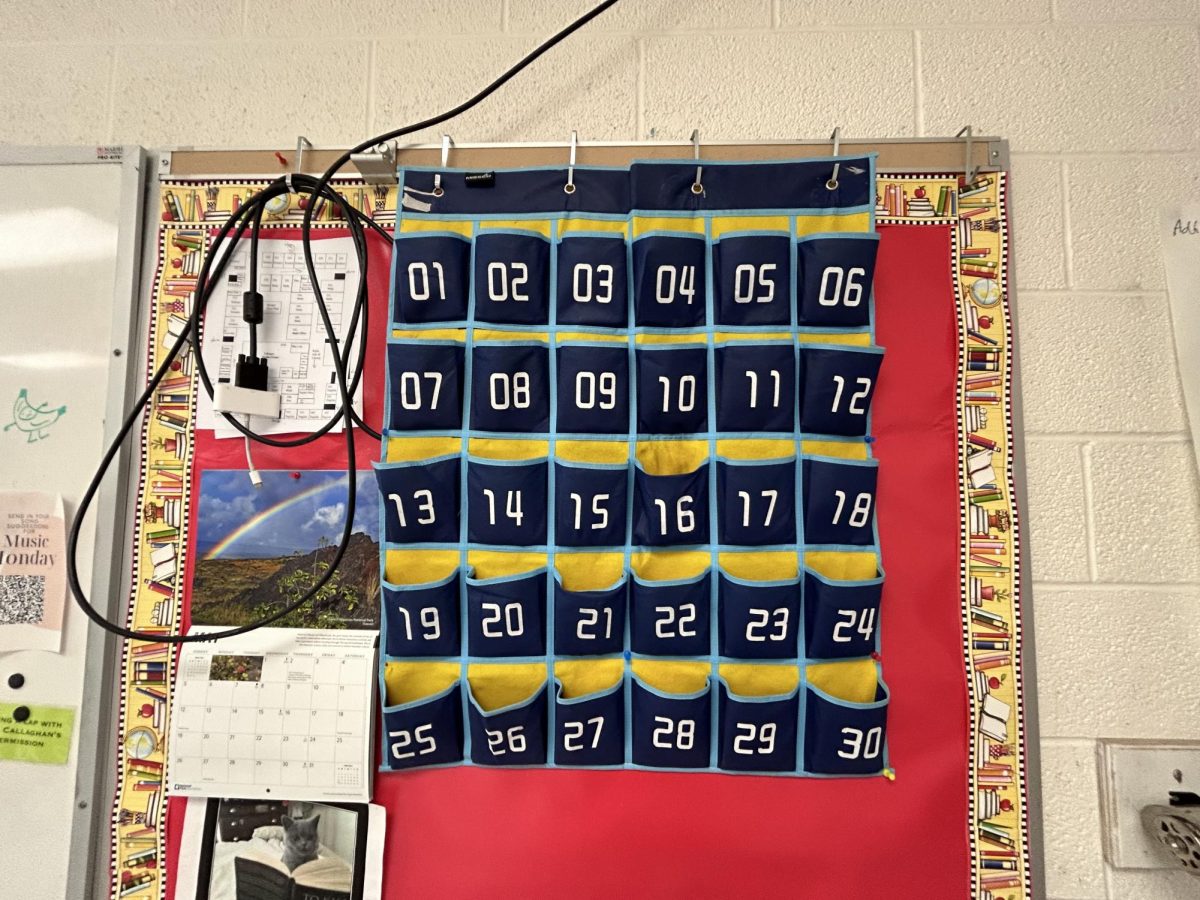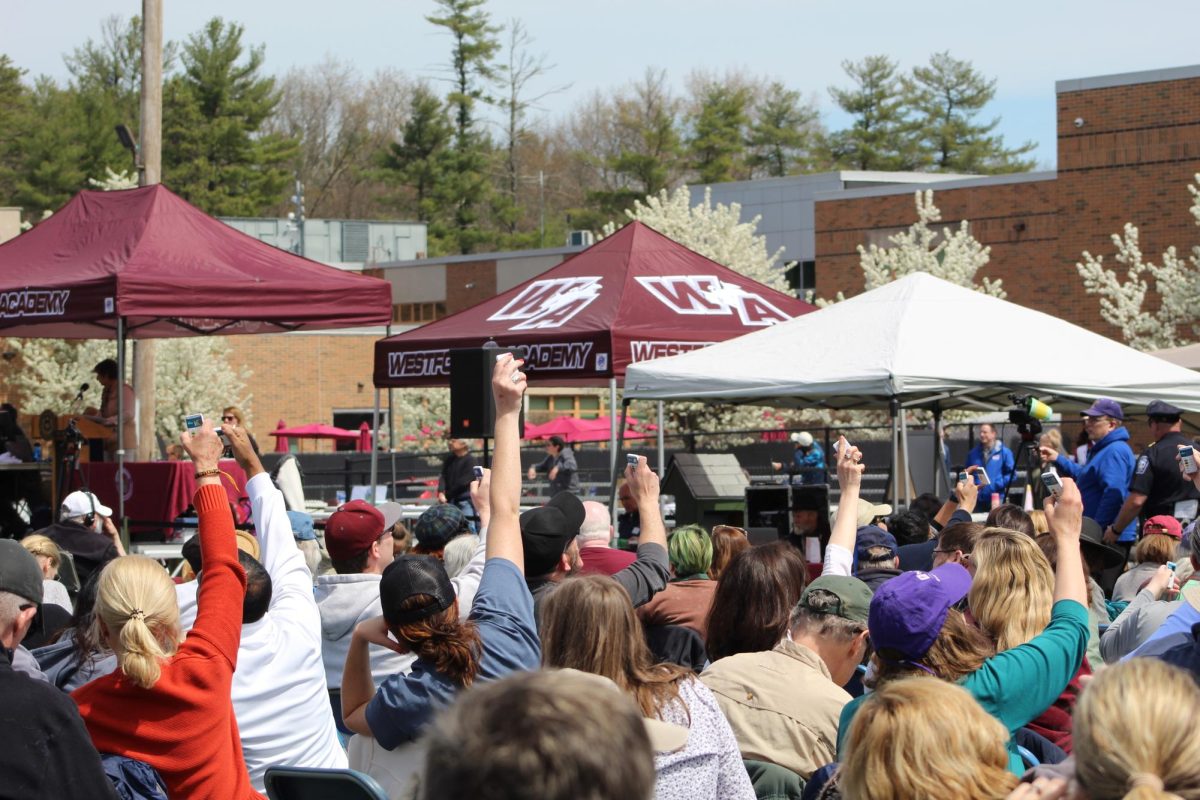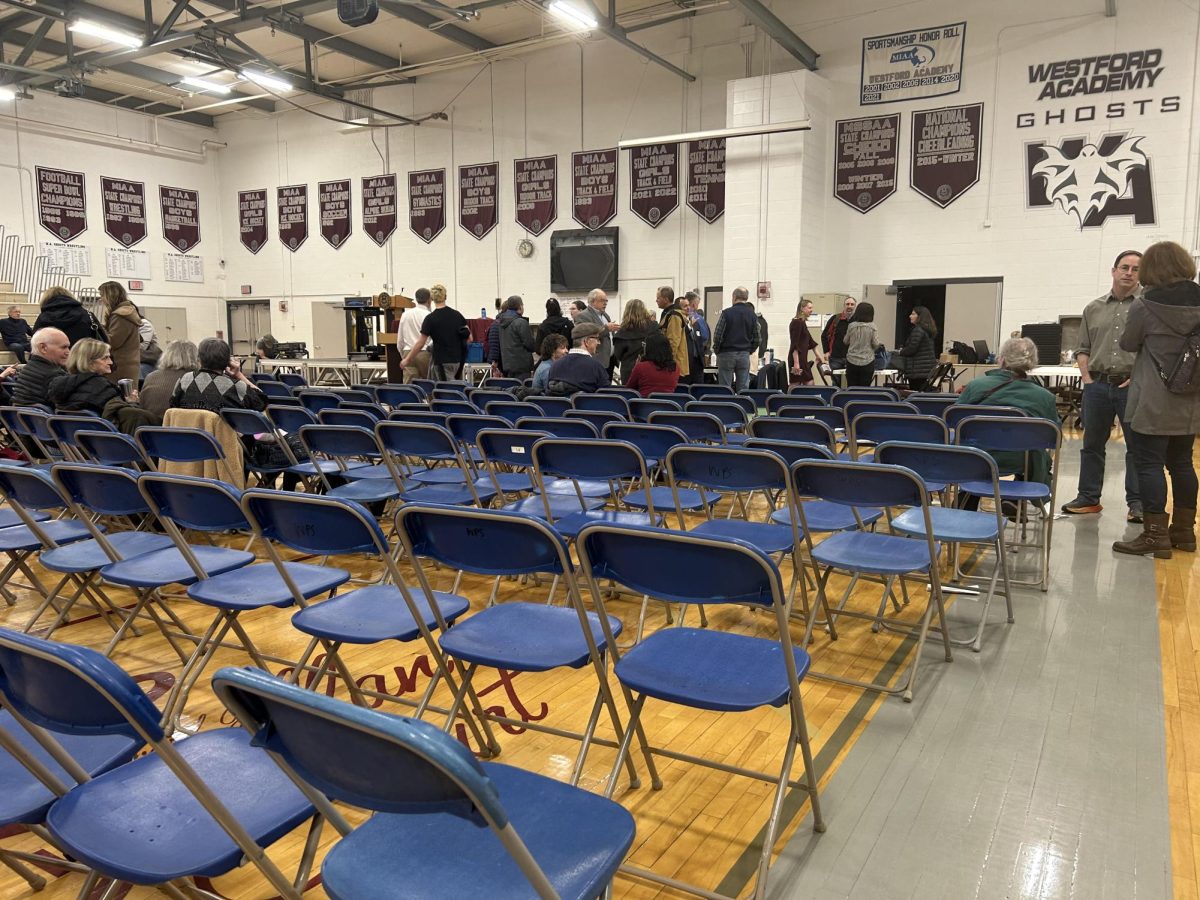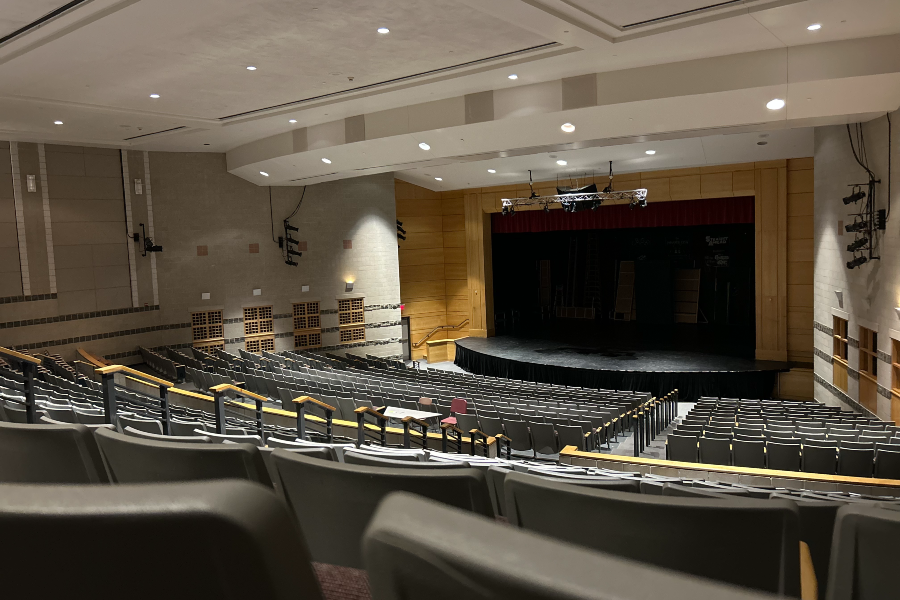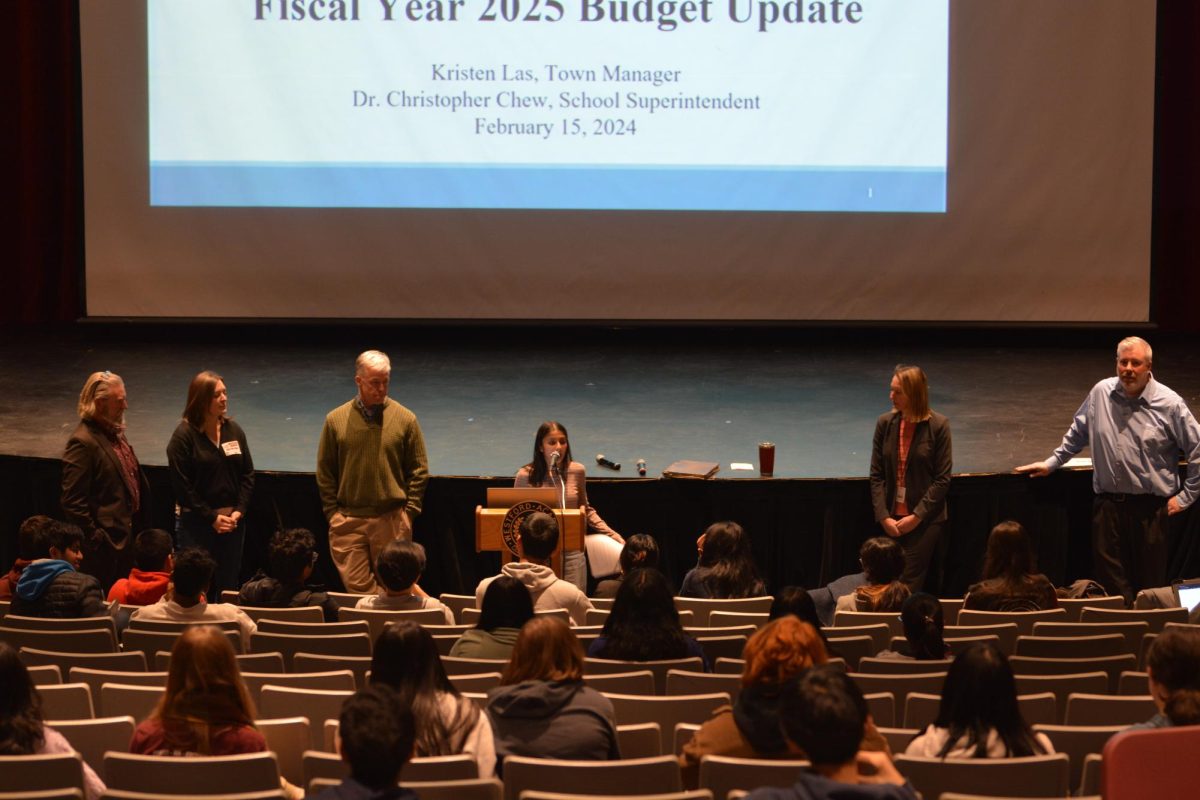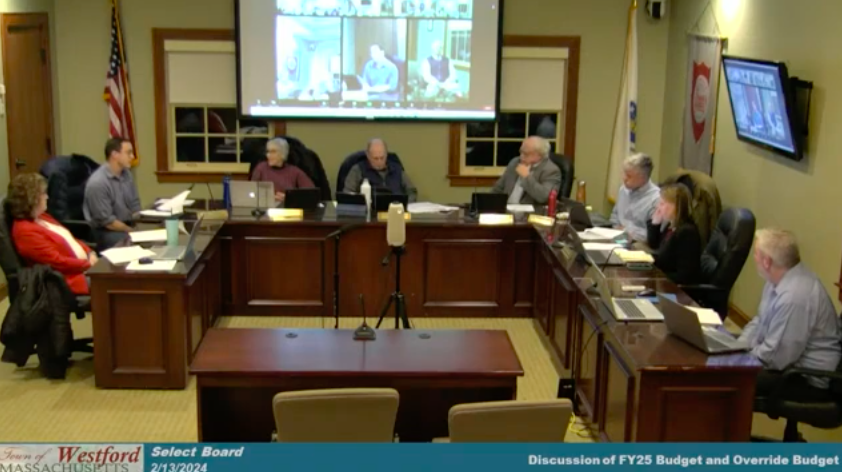Westford Academy was found to be the largest energy user and have the largest carbon footprint of all the municipal buildings in Westford after the town’s Clean Energy and Sustainability Committee conducted a preliminary municipal building audit in September.
The audit, in partnership with energy efficiency company Ameresco, looked at the government and town buildings in Westford to find opportunities to reduce energy use, and in turn their carbon footprints.
The main reasoning for this result is because WA is the largest municipal building in town. It takes more energy to heat and cool the building because of its size. Additionally, the building is constantly being used year round due to games, theater, club meetings, and summer camps.
WA’s higher energy usage not only results in a larger carbon footprint, but also a larger utility bill. As a result, Chair of the Clean Energy and Sustainability Committee, Mike Berlinski, believes that there is more than one advantage to reducing WA’s carbon footprint.
“Especially as the town is realizing a budget challenge right now, reducing the utility bills of all the school and municipal buildings would be a great benefit,” Berlinski said. “So I think that’s another reason to look at this, not only to meet our climate goals, but also to meet our budget goals.”
In the audit conducted, Ameresco found that WA has the most potential out of the buildings in the municipality to install solar panels on the roof which would help reduce fossil fuel use and energy bills. For this project to happen, there would need to be a new roof installed first, however Berlinski believes that since WA already is in need of a new roof, putting solar panels on it would be an added bonus. This project will likely go to the annual town meeting on March 25, where voters can approve a certain amount of money to spend.
“[Solar panels are] something that was a big part of the discussion when our committee met with the Select Board,” Berlinski said. “[…] It’s such a big area and would help contribute a lot of renewable energy and clean energy. That is something the Select Board definitely appreciated and so it’s in the process now. That’s really one of the best ways to reduce the carbon footprint of WA.”
However, a carbon footprint is not only the result of energy usage. It is also the product of the people who inhabit or use the building, and a large footprint is the result of their behaviors. Due to WA having a higher student population than other schools in the town, there are more classrooms in use, resulting in more utilities being used.
Behaviors do not just include forgetting to turn the lights off. Everything that you purchase and consume contributes to the community’s carbon footprint. This includes clothes being bought, school supplies, and technology. It also involves how students are getting to school, where getting to school by bus is the best option.
“Your carbon footprint is not just the facilities, it’s a lot of behavior,” Westford’s Sustainability Coordinator Sue Thomas said. “The reality is that a lot of the carbon that we end up consuming and that is driving climate change is not in energy, it’s in consumption.”
The Green Communities Program provides funding opportunities to reduce energy use and costs through clean energy projects for municipal buildings, facilities, and schools. Thomas has applied for a $100,000 grant which will allow for weatherization to be done for Westford Academy and Miller School, the town’s two biggest energy users. Weatherization is weather stripping the doors, air sealing the roof line where air can escape, putting more insulation into the attic spaces, all of which keeps the heat or the cold. This would also make it more comfortable for the inside of the building while also having a high carbon return.
Easy things that students and faculty can do to help decrease the carbon footprint are making sure to close windows when school is over so the heat can’t escape, making sure to properly close water faucets, and shutting off lights in classrooms.


